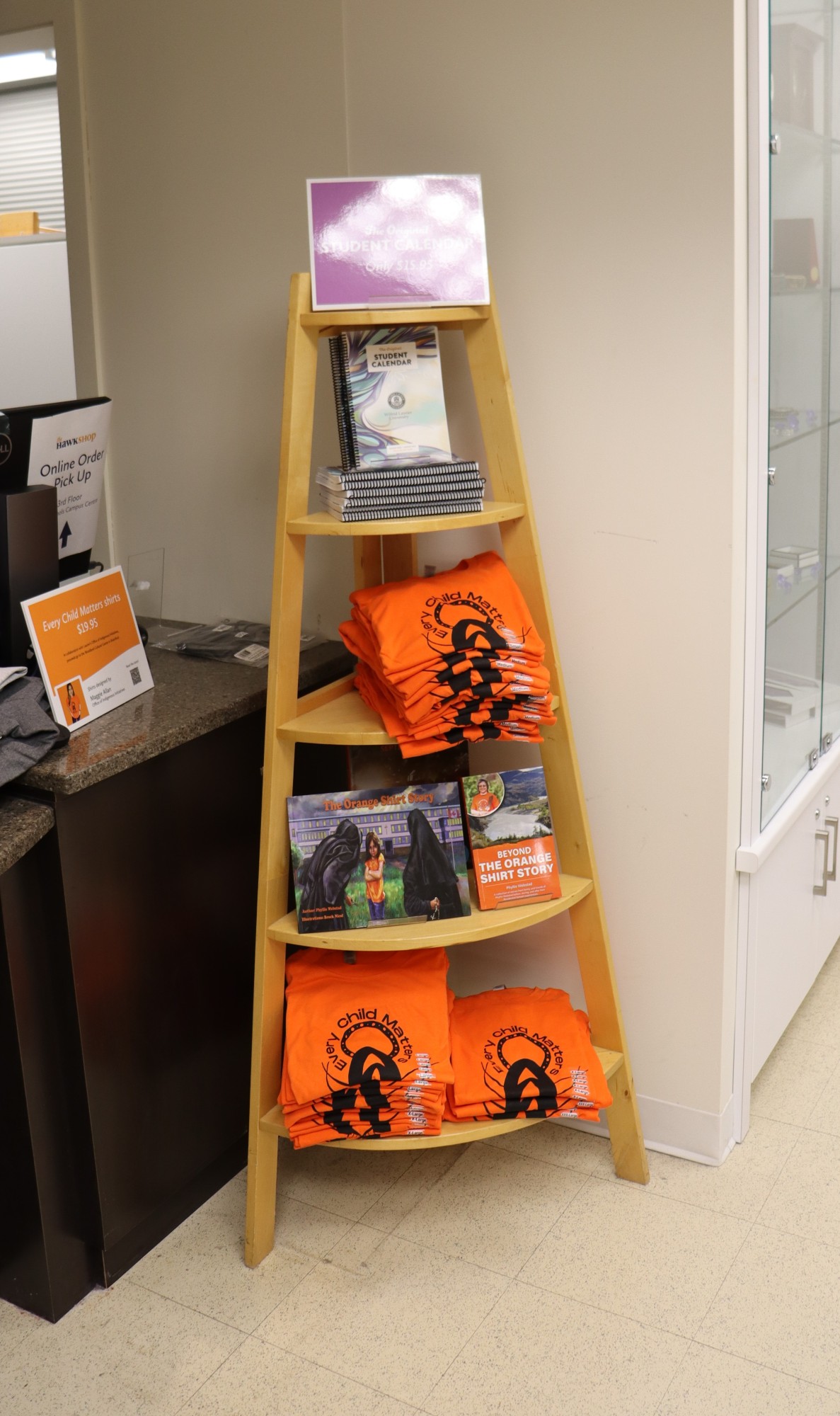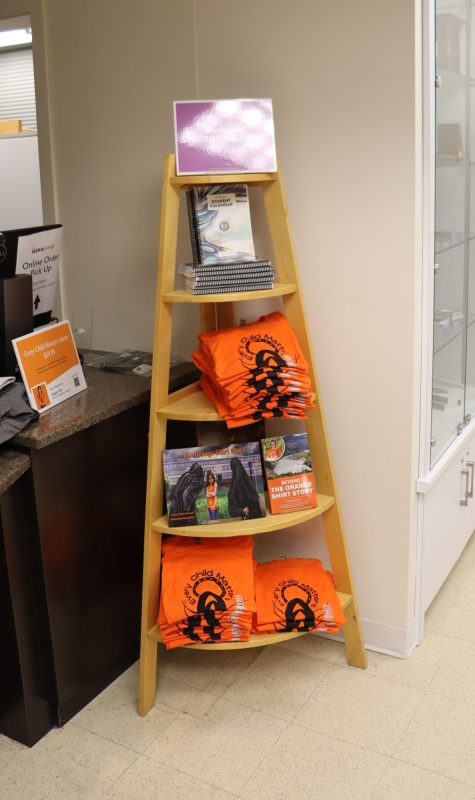Laurier honours Truth & Reconciliation Day


Sept. 30 marked National Day for Truth and Reconciliation across Canada.
The day commemorates survivors of the Canadian residential school system and the lost children who never returned home.
“I think [National Day for Truth and Reconciliation] is particularly important because it brings to the forefront an awareness of the dark history in Canada between Indigenous and non-Indigenous people,” said Gus Hill, Professor in the Faculty of Social Work in the Indigenous Field of Study at Laurier.
National Day for Truth and Reconciliation is also a time to deliberate on the impact the residential school system still has on Indigenous communities and people; a deliberation that requires much more than a single day.
“… what TRC Day is largely about, and what the TRC was about, it started with residential schooling, but the impacts of residential schooling are so broad and widespread and essentially touch every aspect of Indigenous people’s lives. But not just Indigenous people, all people, treaty people, and we are all treaty people,” mentioned Hill.
In June of 2021, the Canadian Government passed Bill C-5, making TRC Day a federal statutory holiday.
However, many communities across Canada began observing TRC Day many years earlier.
Orange Shirt Day was established as an observance in 2013.
This year, Laurier’s orange shirt was designed by Campus and Community Engagement Coordinator in Laurier’s Office of Indigenous Initiatives, Maggie Allan.
“… by [wearing an orange shirt], you’re showing your awareness, you’re showing your support for [National Day for Truth and Reconciliation]. My hope is that we can all really look at what this day represents, think of the past that has taken place in Canada, but also how we are moving forward towards reconciliation. What steps can we take at Laurier ourselves to create a safer and more inclusive campus for all of our students, faculty and staff …” said Allan.
Allan’s orange shirt design is for sale in The Hawk Shop. Proceeds from the shirt will go to Woodland Cultural Centre’s Indigenous Preservation Museum.
As mentioned by Allan,
“for this design, what’s really interesting is that I did a painting similar to this design when I was 12 years old and the focal point was a mother and a child and I gave this painting to my own mother when I was 12 years old … I kind of went a little bit beyond that original picture from when I was a child, but I can say that the focal point in this design for this year is a child, but it’s their spirit more or less returning to their family.
I wanted their arms to be open wide to really protect them to show as a sign of healing and protection. And above the mother and the child, I created a moon that in Indigenous culture is to show that sign of interconnectivity of us all. … Within that moon, there are dots and I wanted to incorporate Métis peoples and their beautiful traditional Métis dot art.”
Allan continued,
“I kind of took a look at [the design]. If I’m representing the Métis people, how can I look at First Nations people? I thought just the representation and the formation of the figures and the fact that they are standing on the back of Turtle Island really connected me to the First Nations people.
I wanted to also depict Inuit people and I was thinking more towards the myths and the legends of humans and animal spirits being interconnected that you often see depicted in Inuit art and stories.
That’s why I wanted to really represent all three nations that are present here in Canada on the orange shirt this year.” While nationally recognizing National Day for Truth and Reconciliation is a step in the right direction, it isn’t a resolution.
“Truth and Reconciliation Day, from my perspective at least, I don’t think it was ever the destination, and I think a lot of people treat it as a tick box.
Okay, we did this, now we can move on. For Indigenous people, and I am speaking from my perspective, but I think this is true for Indigenous people broadly.
It’s a start, It’s not the finish. It’s not the end of an intention. It is the beginning of an intention to open up dialogue,” concluded Hill.
T-shirts can be purchased in the Hawk Shop in the concourse.


